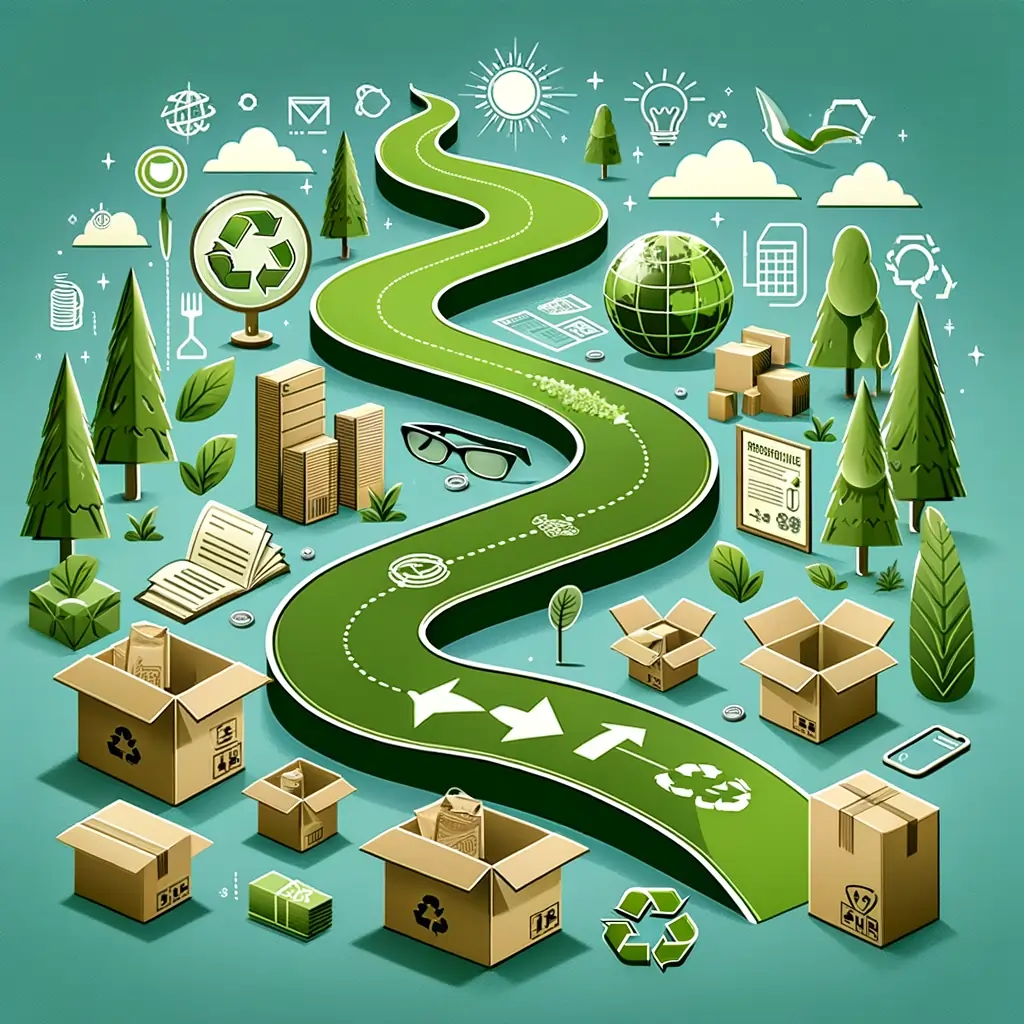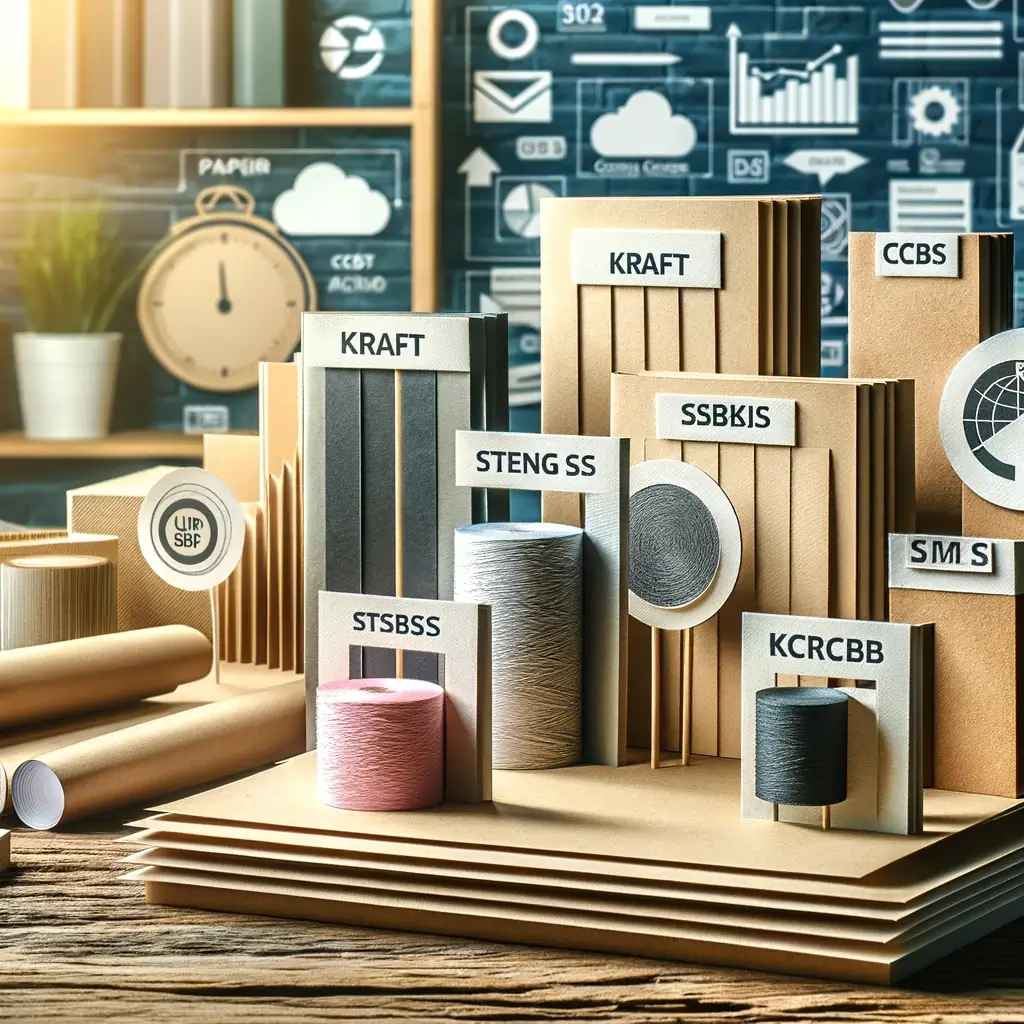Introduction: Emphasizing the Crucial Role of Sustainable Packaging in Startup Ventures
In the burgeoning world of startups, sustainable packaging is not just an eco-friendly choice but a business imperative. As consumer awareness and regulatory demands around environmental impact grow, startups must navigate the green path wisely. However, this journey is fraught with common pitfalls. This post highlights these mistakes and offers actionable advice to steer clear of them.
Mistake 1: The Pitfall of Over Packaging – Balancing Protection with Sustainability
One prevalent mistake is overpackaging, which not only increases material use and costs but also adds to environmental waste. Startups need to find a balance between protecting their products and minimizing packaging. Tips include using packaging designs that require less material, opting for lighter, more compact packaging, and using modular designs that can be adapted to different product sizes.
Mistake 2: Ignoring the Power of Recycled Materials – A Sustainable and Smart Choice
Many startups overlook the benefits of incorporating recycled materials into their packaging. Using recycled materials not only reduces waste but can also resonate with environmentally conscious consumers. Startups can source these materials from reliable suppliers and integrate them into their packaging designs, ensuring both sustainability and quality.
Mistake 3: Neglecting Design for Recycling – Crafting Packaging with a Second Life in Mind
A common oversight is not designing packaging with recycling in mind. Packaging should be created to be easily disassembled and sorted for recycling. Strategies to enhance the recycle-friendliness include using mono-materials, avoiding mixed materials that are hard to separate, and using easily removable labels and adhesives.
Mistake 4: Overlooking Life Cycle Analysis – Understanding the Environmental Impact from Cradle to Grave
Failing to consider the full lifecycle impact of packaging is a critical error. Assessing a package’s environmental footprint from production to disposal is essential. Startups can conduct life cycle analyzes to understand and mitigate the environmental impact, leading to more sustainable packaging solutions.
Mistake 5: Underestimating the Importance of Communication – Bridging the Gap with Consumers through Transparency
A significant mistake startups make is not effectively communicating their sustainability efforts. Transparent and clear communication through labeling and marketing can educate consumers on the sustainable aspects of the packaging. This not only boosts brand image but also fosters consumer trust and loyalty.
Conclusion
In conclusion, avoiding these five mistakes is vital for startups looking to make their mark in the realm of sustainable packaging. By learning from these errors and innovating, startups can not only contribute positively to the environment but also align with consumer values and regulatory trends, setting themselves up for long-term success in a green economy.





